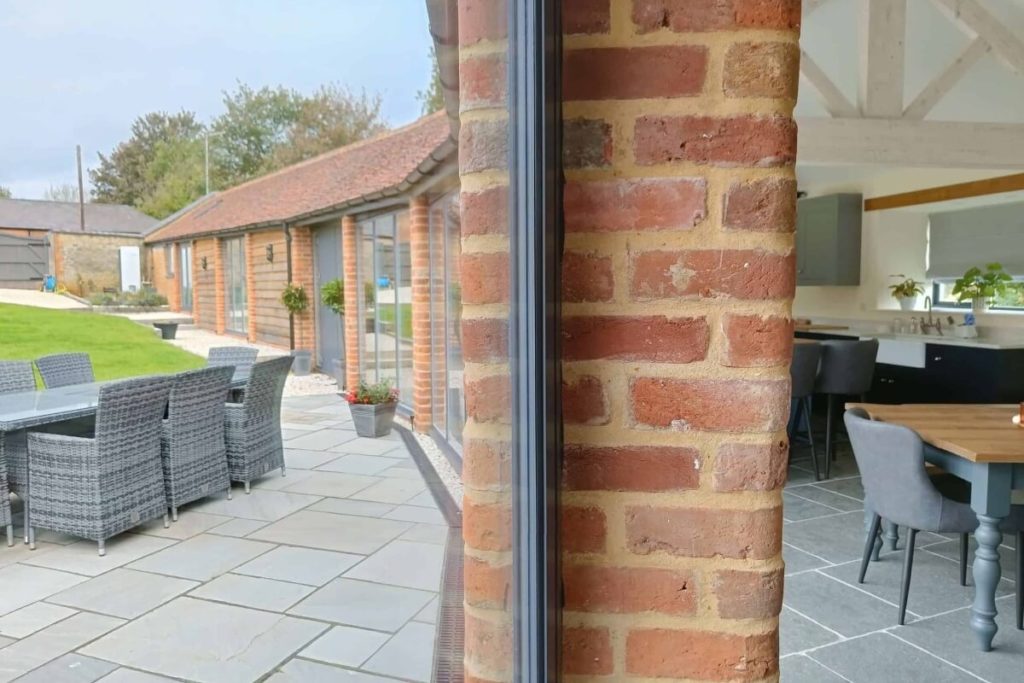What Are Planning Conditions? (And Why Should You Care?)
If you’re dreaming of converting a barn, building an ecohome, or designing your perfect countryside home, you likely already know that getting planning permission is key. But even after you’ve been granted permission, the planning side of things is not quite over (sigh)— this is where planning conditions come in.
And they can be bloomin’ confusing!
So, what are they, why do they matter, and how can you stay on the right side of them?
Right, now to turn planning conditions into English!
⸻
What Are Planning Conditions?
Planning conditions are rules or requirements attached to your planning permission. The council uses them to make sure the development is carried out in a way that protects the environment, respects neighbours, and meets local policies.
You’ll usually find them listed at the bottom of your Decision Notice — and they’re just as important as the permission itself.
Common Types of Conditions You Might See
Depending on your project, you might be asked to:
•Submit further details before you start (e.g. materials, landscaping, drainage)
•Protect wildlife or habitats on or near your site (especially common for barn conversions)
•Limit working hours during construction
For barn conversions under Class Q, the conditions might relate to things like:
•Ensuring you don’t extend the barn
•Approving the new materials before you start
•Installing bat boxes or wildlife mitigation measures
⸻
Do I Have to Discharge Planning Conditions?
Yes — some conditions must be ‘discharged’ (approved by the council) before you do anything on site. These are called pre-commencement conditions, and if you start building before dealing with them, your permission could be invalidated. Other conditions might just require you to carry out something during or after the build, but it’s still your legal duty to follow them. These types of conditions are labelled as ‘to be complied with at all times’.
How long does it take?
Usually each condition relates to a specific time and/or build stage.
Pre-commencement conditions need to be discharged before you carry about that piece of work or before a certain build stage – eg. before reaching slab level.
Pre-occupation conditions are those that need to be discharged before you move in.
We use a checklist and group the conditions in order so as to ensure the build isn’t held up by a planning condition!
⸻
How Do I Discharge Planning Conditions?
You’ll need to submit an application to the local council with the information they’ve asked for. This could be drawings, reports, or just written details.
There’s a small fee (currently £145 for householder projects in England), and councils aim to respond within 8 weeks — though it can take longer.
As your architect, we can handle this for you — and it’s often better to tackle several conditions together in one clear, joined-up submission.
⸻
What Happens If I Ignore Planning Conditions?
In short: you risk enforcement action. That could mean having to undo the work you’ve done or apply for retrospective permission — which may not be granted.
It could also affect your ability to sell or remortgage the property later, as planning breaches are flagged during legal checks.
Put simply: it’s not worth the risk.
⸻
Top Tips for Handling Conditions
✅ Read your Decision Notice carefully – every condition matters
✅ Get clear on which ones need discharging and when
✅ Keep all written approvals in a safe place
✅ Factor condition discharge time into your project timeline
✅ Ask your architect (that’s me!) for help if you’re unsure
⸻
In Summary
Planning conditions are not just a tick box — they’re legally binding parts of your permission. You’ll likely need someone like us to decipher them for you and explain what they mean in English!
And if you’d like help navigating them — whether for a barn conversion, ecohome or new countryside build — We’d be happy to guide you through it.

